Let’s say you want to improve the Wikipedia page for Clayton Indiana with an aerial photograph. Feel free to use the one above. That’s why I shot it, posted it, and licensed it permissively. It’s also why I put a helpful caption under it, and some call-outs in mouse-overs.
It’s also why I did the same with Danville, Indiana:
Also Brownsville, Indiana, featuring the Brickyard VORTAC station (a navigational beacon used by aircraft):
Eagle Creek Park, the largest in Indianapolis, and its Reservoir:
The district of Indianapolis charmlessly called Park 100:
The White River, winding through Indianapolis:
Where the White River joins and the Wabash, which divides Southern Indiana from Southern Illinois (which is on the far side here, along with Mt. Carmel):
Among other places.
These were shot on the second leg of a United flight from Seattle to Indianapolis by way of Houston. I do this kind of thing on every flight I take. Partly it’s because I’m obsessed with geography, geology, weather, culture, industry, infrastructure, and other natural things. And partly it’s to provide a useful service.
I don’t do it for the art, though sometimes art happens. For example, with this shot of salt ponds at the south end of San Francisco Bay:
Airplane windows are not optically ideal for photography. On the contrary, they tend to be scratched, smudged, distorted, dirty, and worse. Most of the photos above were shot through a window that got frosty and gray at altitude and didn’t clear until we were close to landing. The air was also hazy. For cutting through that I can credit the dehaze slider in Adobe Photoshop 2021. I can also thank Photoshop for pulling out color and doing other things that make bad photos useful, if not good in the artsy sense. They fit my purpose, which is other people’s purposes.
In addition to Adobe, I also want to tip my hat toward Sony, for making the outstanding a7iv mirrorless camera and the 24-105mm f/4 FE G OSS lens I used on this flight. Also Flickr, which makes it easy to upload, organize, caption, tag, and annotate boundless quantities of full- (and other-) size photos—and to give them Creative Commons licenses. I’ve been using Flickr since it started in 2005, and remain a happy customer with two accounts: my main one, and another focused on infrastructure.
While they are no longer in a position to care, I also want to thank the makers of iView MediaPro, Microsoft Expressions and PhaseOne MediaPro for providing the best workflow software in the world, at least for me. Alas, all are now abandonware, and I don’t expect any of them to work on a 64-bit operating system, which is why, for photographic purposes, I’m still sitting on MacOS Mojave 10.14.6.
I’m hoping that I can find some kind of substitute when I get a new laptop, which will inevitably come with an OS that won’t run the oldware I depend on. But I’ll save that challenge for a future post.

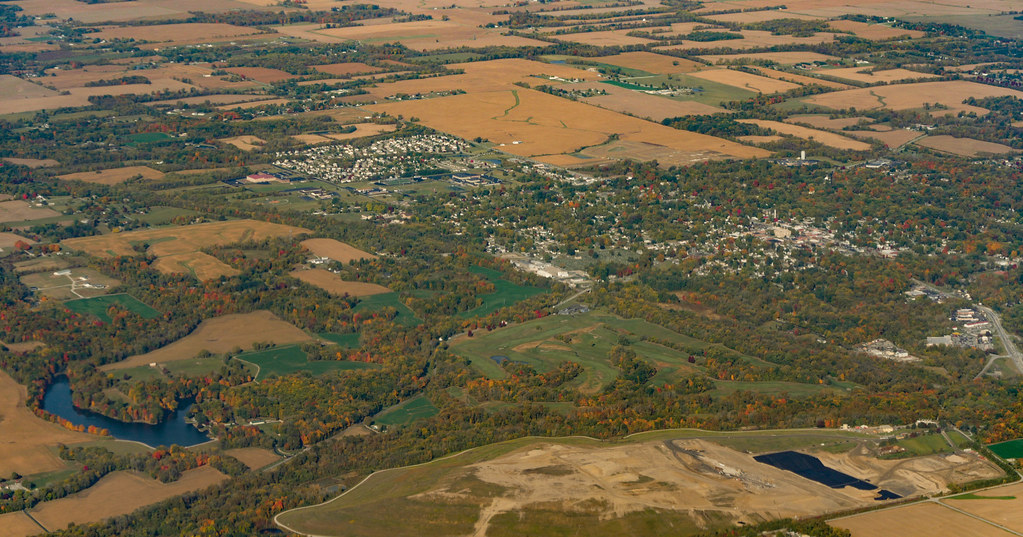

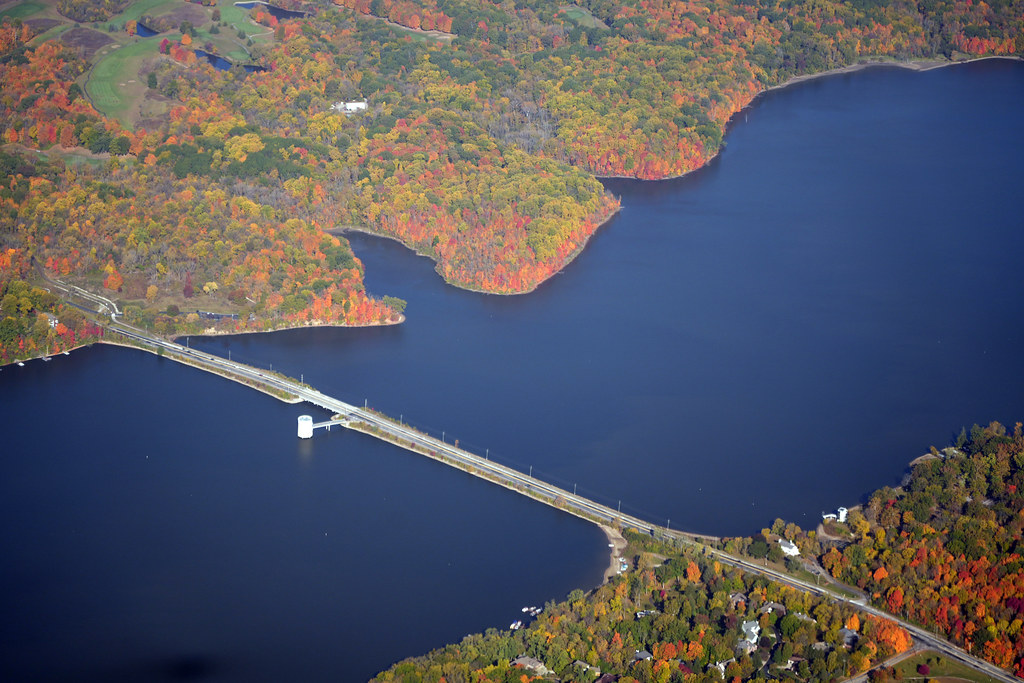

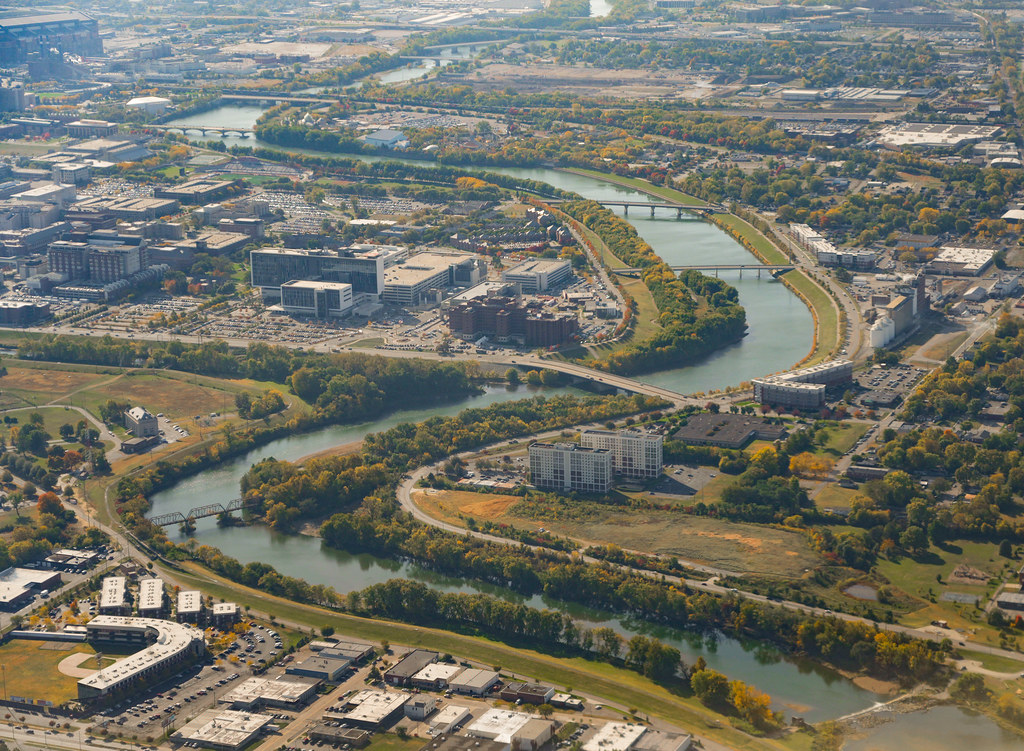
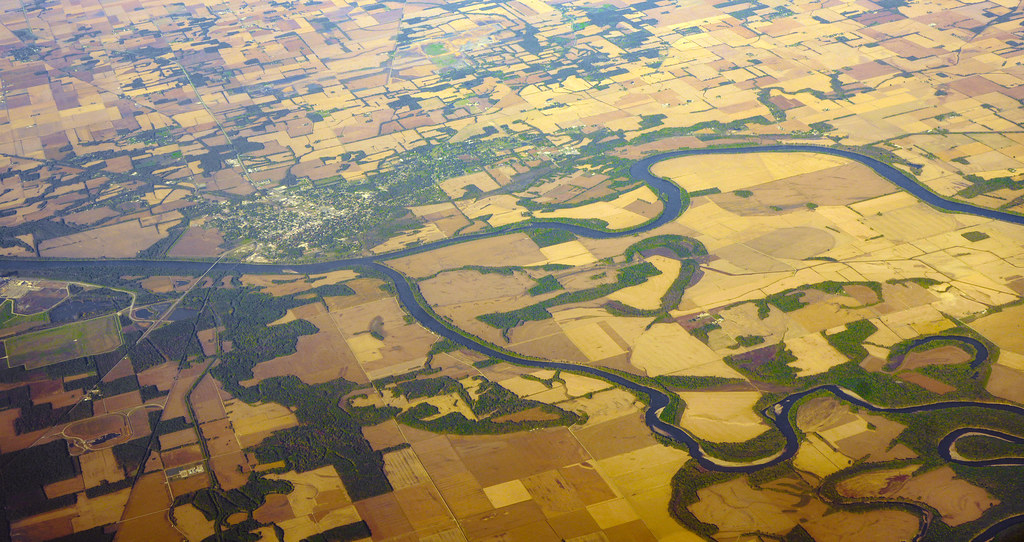
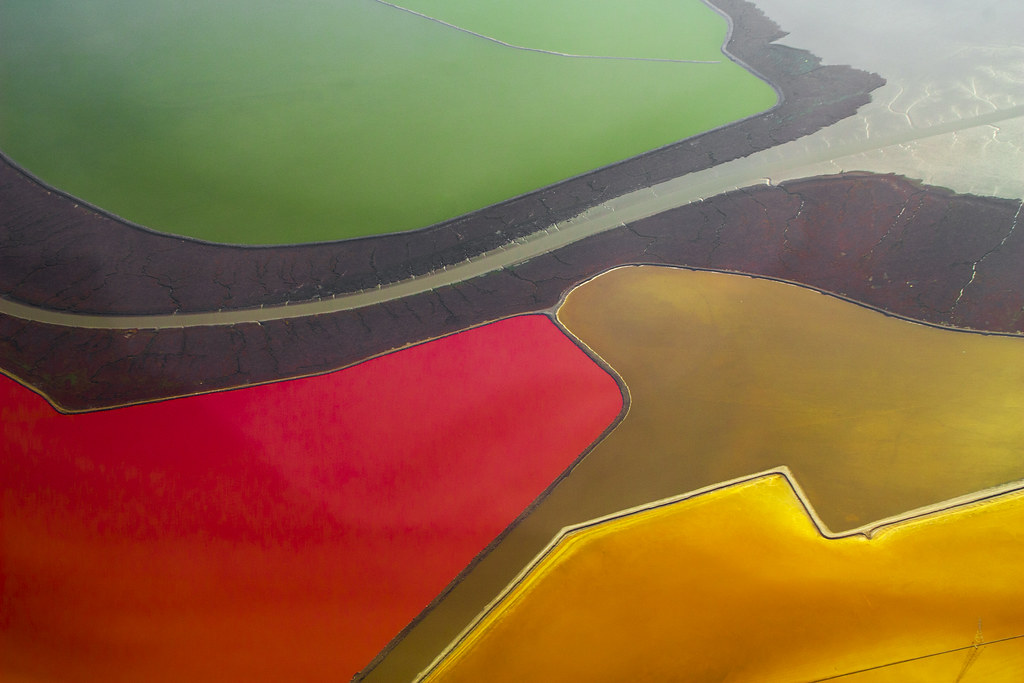
Leave a Reply